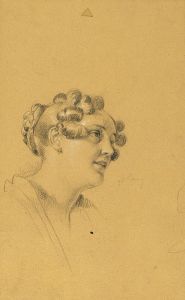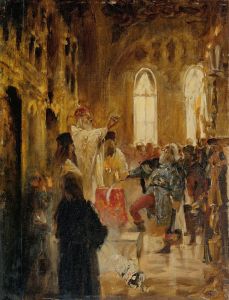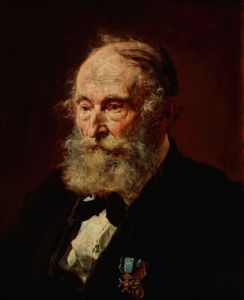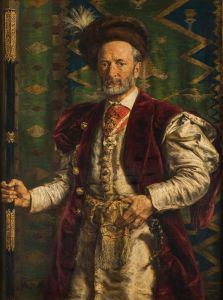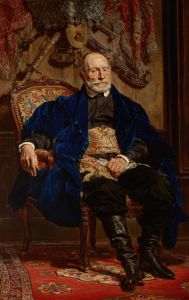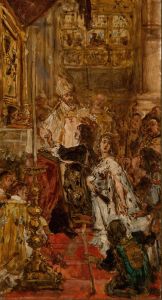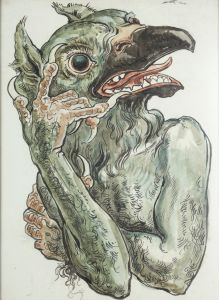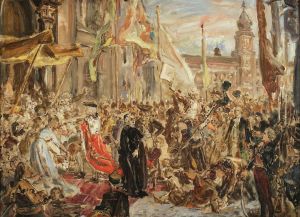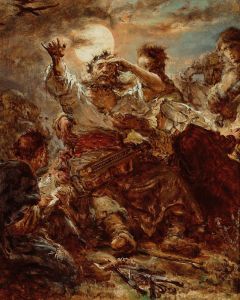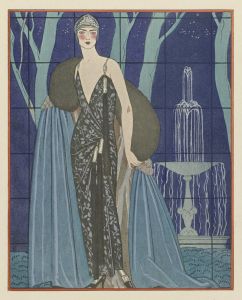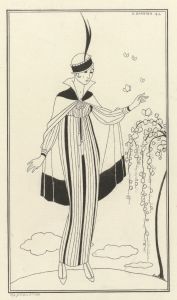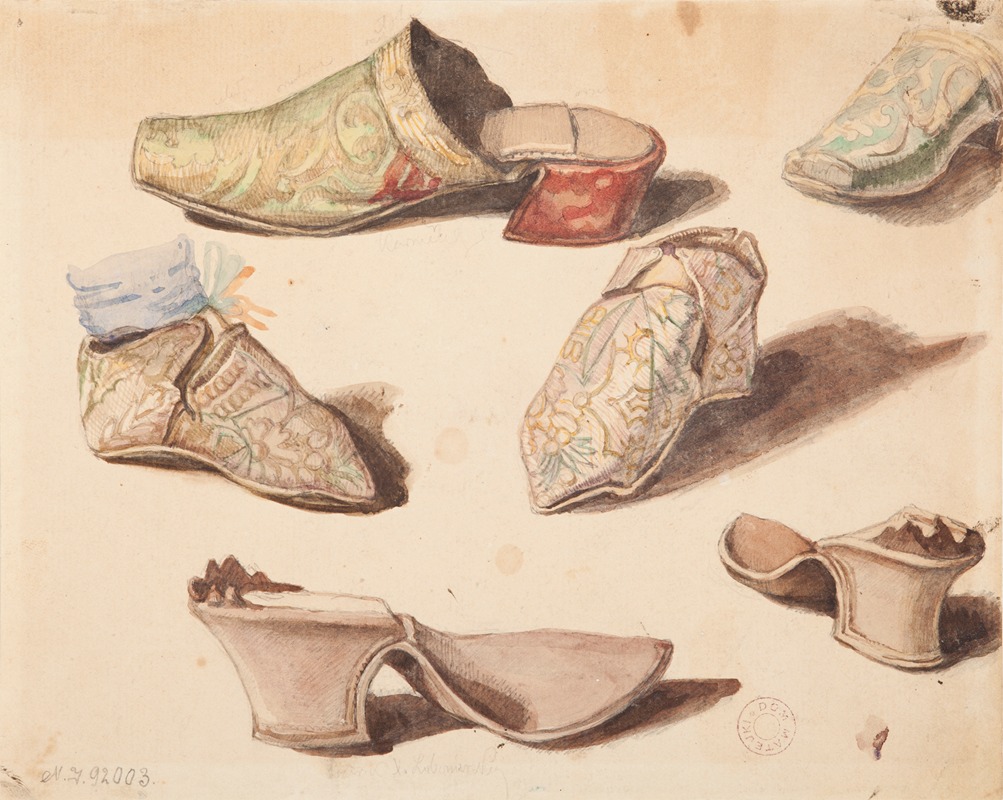
Studia kostiumowe – Sześć trzewików rysowanych podczas otwarcia grobów w kościele OO.Karmelitów w Wiśniczu
A hand-painted replica of Jan Matejko’s masterpiece Studia kostiumowe – Sześć trzewików rysowanych podczas otwarcia grobów w kościele OO.Karmelitów w Wiśniczu, meticulously crafted by professional artists to capture the true essence of the original. Each piece is created with museum-quality canvas and rare mineral pigments, carefully painted by experienced artists with delicate brushstrokes and rich, layered colors to perfectly recreate the texture of the original artwork. Unlike machine-printed reproductions, this hand-painted version brings the painting to life, infused with the artist’s emotions and skill in every stroke. Whether for personal collection or home decoration, it instantly elevates the artistic atmosphere of any space.
Jan Matejko, a renowned Polish painter, is celebrated for his historical paintings that capture significant events and figures from Polish history. One of his lesser-known works is "Studia kostiumowe – Sześć trzewików rysowanych podczas otwarcia grobów w kościele OO.Karmelitów w Wiśniczu," which translates to "Costume Studies – Six Shoes Drawn During the Opening of Graves in the Carmelite Church in Wiśnicz." This artwork is part of Matejko's extensive exploration of historical themes, often focusing on the details of costumes and artifacts from different periods.
Matejko was born in 1838 in Kraków, Poland, and he spent much of his career documenting Polish history through his art. He was known for his meticulous attention to detail and his ability to bring historical scenes to life. His works often included detailed studies of clothing, armor, and other historical artifacts, which he used to ensure accuracy in his larger compositions.
The painting in question, "Studia kostiumowe," is a study rather than a finished historical scene. It focuses on six shoes, which Matejko sketched during the exhumation of graves at the Carmelite Church in Wiśnicz. This kind of study was typical of Matejko's approach to painting, as he often conducted thorough research and created detailed studies of individual elements before incorporating them into his larger works.
The Carmelite Church in Wiśnicz, where these graves were opened, is a historical site with a rich past. It is likely that the graves belonged to notable figures from the region's history, and the exhumation would have provided Matejko with a unique opportunity to study authentic historical artifacts. The shoes he sketched would have been part of the clothing worn by the individuals buried there, offering insights into the fashion and material culture of the period.
Matejko's interest in costume studies was not merely academic; it was an integral part of his artistic process. By understanding the clothing and accessories of the past, he could more accurately depict historical figures and scenes. This attention to detail helped to establish Matejko as a leading figure in Polish art, and his works continue to be celebrated for their historical accuracy and artistic merit.
While "Studia kostiumowe" may not be as widely recognized as some of Matejko's larger historical paintings, it reflects his dedication to authenticity and his passion for Polish history. The study of the six shoes is a testament to his methodical approach and his commitment to capturing the essence of the past through art.
In summary, Jan Matejko's "Studia kostiumowe – Sześć trzewików rysowanych podczas otwarcia grobów w kościele OO.Karmelitów w Wiśniczu" is a detailed study of historical footwear, created during the exhumation of graves at a significant historical site. This work exemplifies Matejko's meticulous research and dedication to historical accuracy, which are hallmarks of his artistic legacy.





